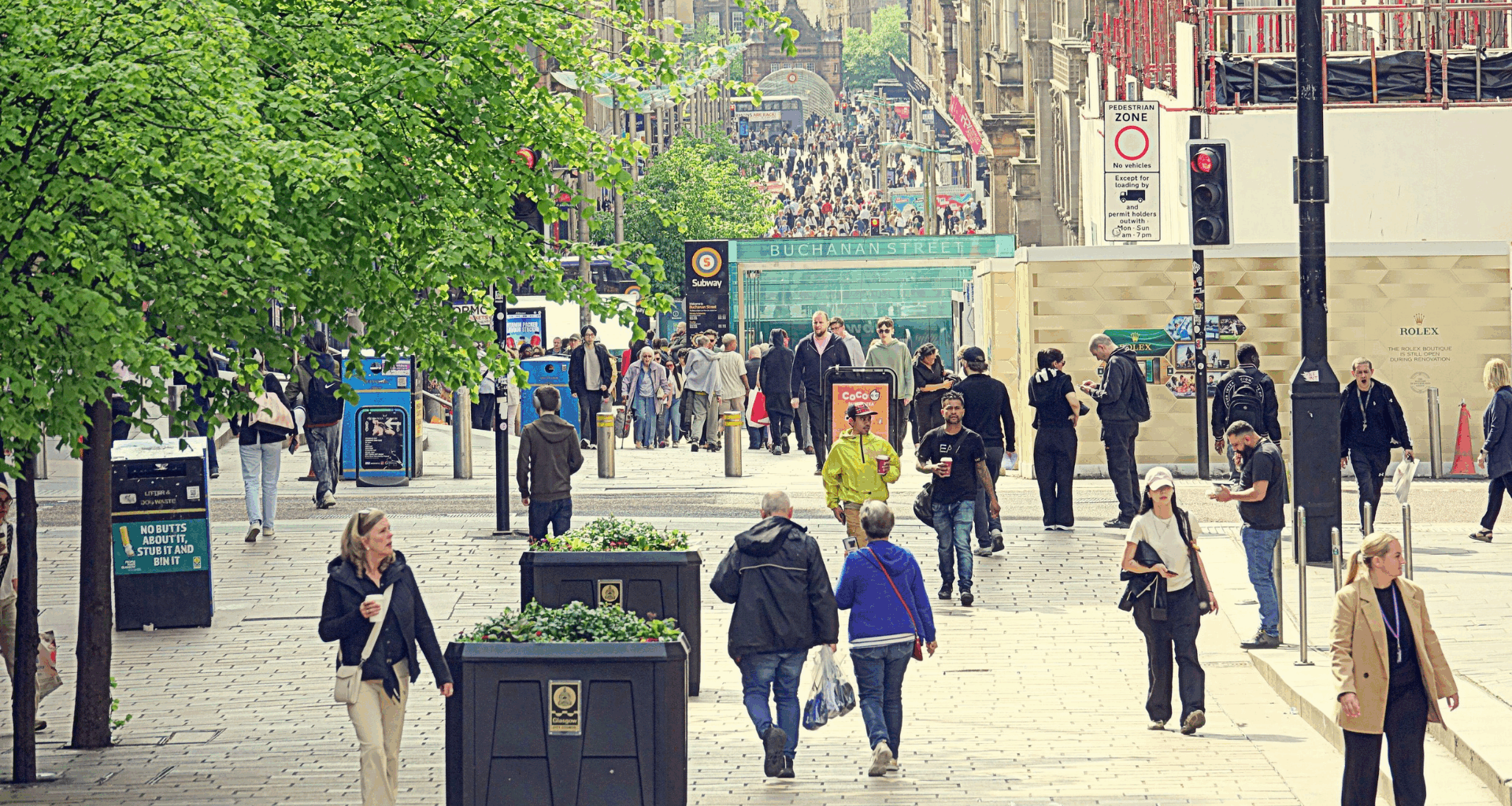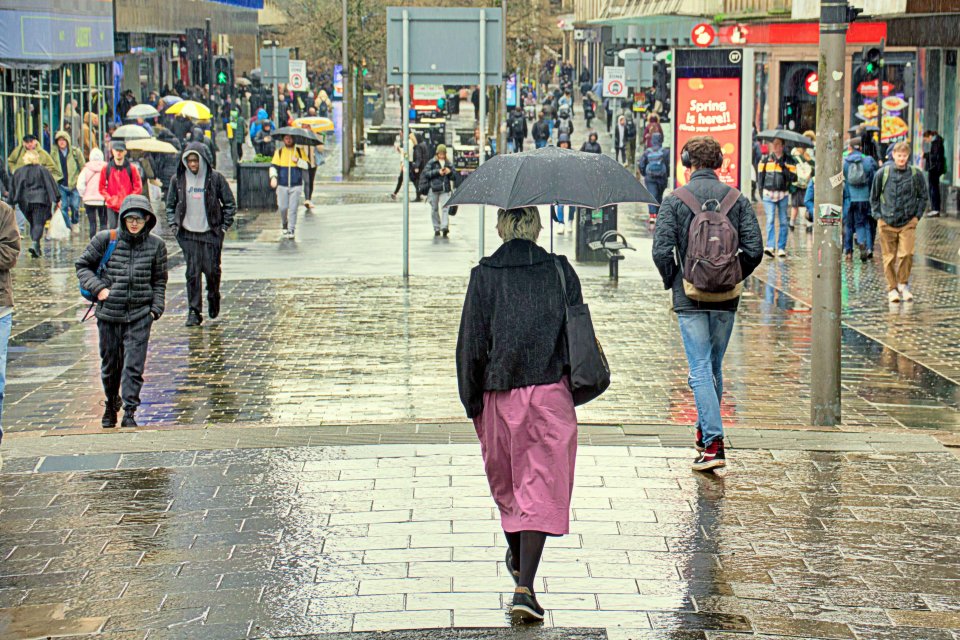GLASGOW’S smelliest streets have been revealed as over 1,000 punters have kicked up a stink over the pungent odours in the last five years.
The local authority keeps track of the complaints made to them about the most foul-smelling streets.
1
Glasow’s smelliest streets have been revealedCredit: Alamy
A Freedom of Information request by the Glasgow Times found that 1,097 reports were made across the city between 2020 and 2024 relating to smells of sewage or cooking.
In 2024 alone, 227 reports were logged, and so far in 2025, 41 incidents of odour-related issues have been flagged to the council..
Here are the most commonly mentioned streets:
Gibson Street in the West End topped the list, with a total of 50 complaints lodged.
READ MORE ON THE SCOTTISH SUN
The majority of these were recorded in 2020 and 2021, but the number has significantly decreased since then.
Located near the University of Glasgow, this area is heavily populated by students and is lined with businesses.
Dumbarton Road ranks second, with 36 complaints.
Glasgow’s Sauchiehall St revamp facing more delays as workers ‘axed’ days before Christmas
In 2024 alone, 11 grievances were recorded, accounting for nearly a third of the total.
The odour affects flats, shops, and eateries along this busy thoroughfare, which connects Whiteinch and Yoker.
With 24 reports, Crow Road takes third place – nine of which were made in 2024.
It stretches from Partick to the canal and passes by homes, shops and green spaces.
- Paisley Road West, Pollockshaws Road and Sauchiehall Street
Tied with 20 complaints each, these three busy routes have left locals holding their noses.
Heavy traffic, packed shops, and numerous takeaways contribute to the odour issues.
- Cathcart Road and Shettleston Road
Both roads recieved 19 complaints each.
These residential streets are also home to various businesses, compounding the problem.
According to Glasgow City Council, many of the smells are harmless, but if there’s a risk to public health or a persistent issue they’ll investigate further.
A spokesperson said: “Odours can come from a range of sources such as industrial, agricultural, commercial and domestic premises.
Read more on the Scottish Sun
“The national environmental regulator, SEPA, has specific powers to deal with smells generated by pollution or issues connected to waste management.
“Local authorities also consult with SEPA when planning applications indicate that a proposal may generate odours that could affect a surrounding community.”

